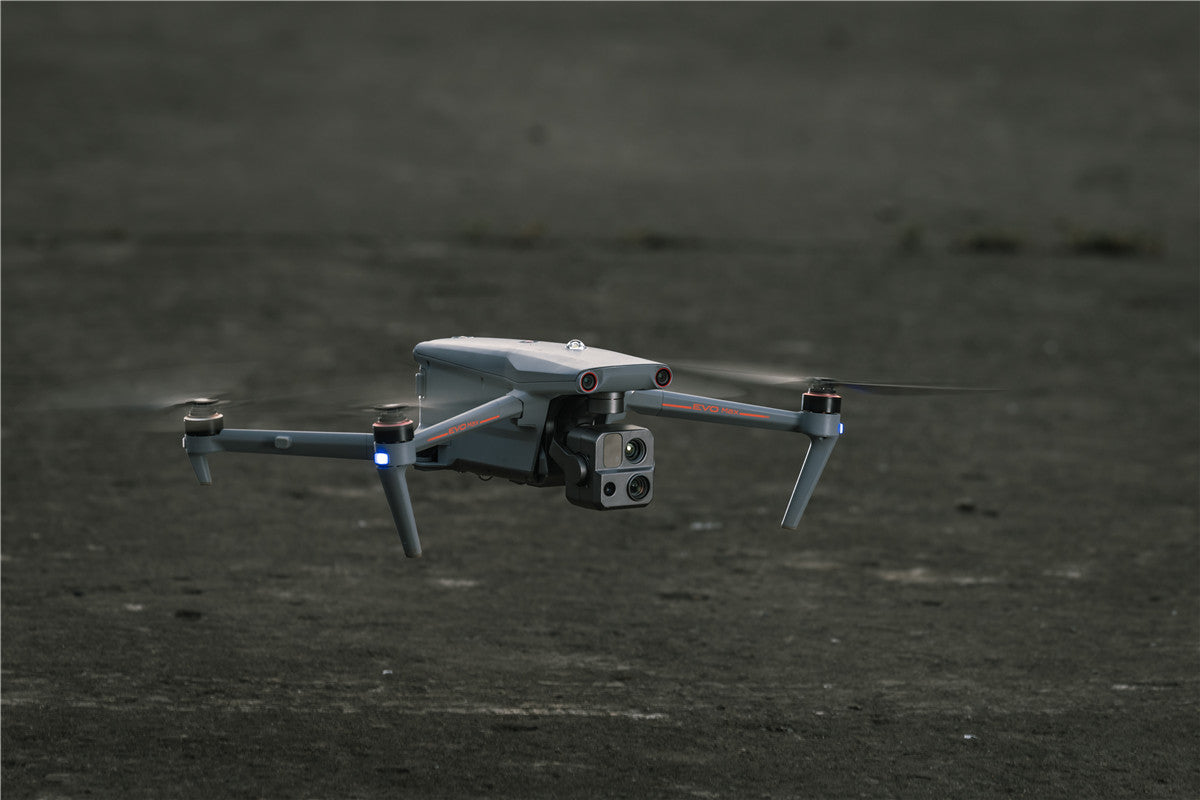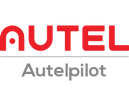Skiing is one of the best winter sports for great physical and mental pleasure and relaxation, and the infrastructure and maintenance of ski resorts are crucial.
In the United States, the tourism economy of major ski resorts is growing, and the maintenance costs of ski resorts in high altitude areas are becoming more and more expensive. Drones, as an emerging high-tech solution, can fully improve the skiing experience. Provide key information for ski patrol teams to ensure the safety of ski resorts, maintain key equipment and infrastructure, and rescue skiers in distress.
In this article, we will explore the various application scenarios of drones in ski resorts, the best tools for this job, and how to improve the management and service of ski resorts.
How do drones inspect ski resorts?
Ski resort inspections include not only weather and environment, but also expensive ski equipment, which is often exposed to extreme weather. Ski resort infrastructure includes ski lifts, cables, communication structures, ropeways, safety equipment, etc.
Traditional manual inspections often require manual entry into dangerous areas, which is not only time-consuming and labor-intensive, but also has high safety risks.

Drone inspections can be equipped with high-resolution cameras and LiDAR sensors to easily scan the snow thickness, snow density and snow quality of the ski resort, providing accurate snow condition data.
Drones can also hover in the air to perform repeated inspections of key structures. Drones can enter high-risk areas for inspections, equipped with high-resolution visible light cameras and thermal imagers, to take high-definition videos or pictures of ski slopes and facilities to detect potential safety hazards.
Some ski resorts also prepare for possible avalanches. They have built Gazex structures in the mountains to perform gas blasts and change the direction of avalanches when they occur. These are also areas that are difficult to reach and inspect with traditional manual labor. High-performance drones can easily observe these structures with zoom cameras and thermal imaging cameras, so that patrols can take maintenance measures.

How do drones measure ski resorts?
Autel RTK drones can perform topographic surveys and data collection to provide accurate data for the layout and planning of facilities in ski resorts.
The design, renovation, layout and planning of ski resorts often require detailed topographic surveys. This includes large-scale ski resort measurement, ski trail design, ski trail slope assessment, and facility installation location. The introduction of RTK mapping drones has undoubtedly greatly improved efficiency.
RTK drones are equipped with high-precision GNSS technology, RTK technology, and remote sensing technology to ensure efficient and accurate terrain measurement with centimeter-level accuracy, and accurately obtain three-dimensional terrain data of ski resorts to support designers in site planning, adjustment, and transformation.

How do drones search and rescue ski resorts?
Drones usually conduct regular daily flight inspections, and can check the safety status of ski resorts at any time, take measures in advance, and avoid accidents.
If severe snow accumulation causes avalanches due to weather, drones can also quickly fly into the accident area, saving a lot of time compared to traditional search and rescue methods. Drones with thermal imaging can quickly detect human heat activities covered by snow and rescue trapped people as soon as possible. For trapped people, time is life. The sooner they are discovered, the sooner they can be treated.
Ski resort search and rescue drones can be equipped with high-resolution cameras, thermal imagers, megaphones and speakers, and throwing equipment for better search and rescue operations.

How do drones work at ski resorts at night?
Night vision drones can be fully used for night patrols and search and rescue operations at ski resorts.
Most ski resorts are closed at night to clean and maintain ski slopes. But at the same time, with the popularity of night skiing activities, ski resorts also need to ensure the safety of ski slopes and the normal operation of facilities at night.
Drones can be equipped with high-brightness searchlights to perform patrol missions at night, check the snow conditions, lighting equipment and safety signs on ski slopes, etc. Drones with thermal imaging cameras can penetrate darkness, fog and snow, providing convenience for night search and rescue, finding missing trapped people, and snow slope cleaning and maintenance.

The best drone for ski resorts -- Autel EVO MAX 4T
When choosing a drone for ski resort services, factors such as payload capacity, flight endurance, range and camera quality must be considered.

Autel EVO MAX 4T is a semi-automated high-performance drone that supports multiple payloads, has an IP43 protection rating, a maximum flight time of 42 minutes, and a maximum image transmission distance of 12.4 miles.
The Autel EVO MAX 4T drone has built-in 640*512 thermal imaging, a 50MP wide-angle camera, an 8K 10X lossless zoom camera, and a laser rangefinder. The drone can be equipped with a Loudspeak and Spotlight combination, an RTK module, and a throwing device, which can fully provide critical data for inspection, measurement, search and rescue, and night operations at ski resorts.
The EVO MAX 4T drone supports hot-swappable batteries, A-Mesh networking technology, and triple anti-interference characteristics. Its durability enables it to operate in various temperature and environmental conditions, ensuring reliable performance during inspections.
Drone regulations at ski resorts
Drone operations for ski resort services are subject to a variety of regulations designed to ensure safety and compliance. Each country has its own aviation authority with specific requirements that can vary widely.
In the United States, commercial drone operations are governed by FAA Part 107 regulations. To operate legally, pilots must obtain a remote pilot certificate by passing a written exam and meeting eligibility criteria. Drones weighing more than 0.55 pounds must also be registered with the FAA.
Part 107 includes operating restrictions: drones must be flown during daylight hours, operators must maintain visual line of sight, and altitude is limited to 400 feet to prevent conflicts with manned aircraft. Drones may not be flown in controlled airspace (e.g., near airports) without prior authorization.
For ski resort inspections, drone operators may need additional exemptions to fly beyond visual line of sight or in controlled airspace, which requires a detailed application outlining an operational plan.
In addition, local laws and resorts may impose further restrictions, especially in urban areas or near critical infrastructure. Operators should be aware of these local regulations to avoid fines and ensure safe operations.

Summary
The application of drones in ski resorts not only improves safety, but also improves operational efficiency. Through automated inspection, measurement, and search and rescue missions, ski resorts can more accurately control the conditions of the ski slopes, detect potential safety hazards in a timely manner, and respond quickly in emergencies. The introduction of night operations and daily patrols also allows ski resorts to maintain efficient operation and management at all times.
With the continuous advancement of drone technology, the application of drones in ski resorts will become more popular in the future and become an indispensable part of modern ski resort management.
FAQ
Are you allowed to fly drones at ski resorts?
No in most cases. Most drones are not allowed at ski resorts due to safety issues, noise pollution, and the possibility of affecting manned aircraft.
Can I fly my Autel drone in the snow?
It is important to follow the laws and regulations and take the right precautions. Autel drones can fly in cold conditions. Please check the weather conditions before flying your drone. Avoid strong winds, rain and snow.
Is there an Autel drone that follows me while skiing?
Autel drones all support the follow me feature. This will allow you to take exciting ski videos and photos with your hands free.
Read more:
Winter Skiing Photography Drone
5 Tips for Flying Autel Drones in Cold Weather
Does Low Temperature Affect Drone Flight?








